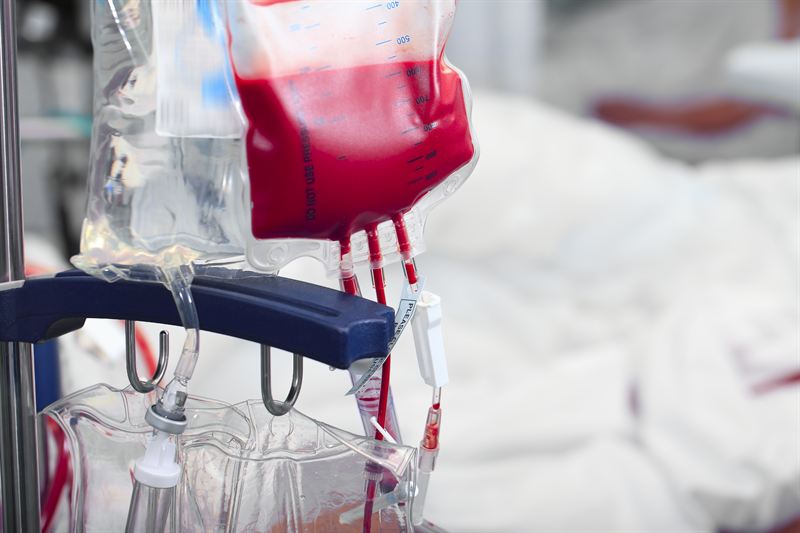Intensive care in cases of sepsis: when every minute counts

6,000 intensive care specialists are discussing the impact of new studies on their working practices – including early warning signs for sepsis.
“In cases of sepsis, each minute that passes before administration of adequate antibiotics can be critical. For every hour without life-saving treatment, the chances of survival can decrease by up to 10%,” explained Professor Peter Faybik of Vienna General Hospital’s Department of Anesthesia, Critical Care and Pain Medicine. “This is where intensive care medicine comes into its own. We provide treatment to patients in a critical condition until all of their vital and organ functions are in order, at which point they can be transferred to a standard hospital ward.”
ESICM Congress shining a spotlight on sepsis
Diagnosis and early treatment of sepsis is one of the focus areas for this year’s Congress of the European Society of Intensive Care Medicine (ESICM), taking place from 23-27 September at the Austria Center Vienna and attended by 6,000 intensive care physicians. Sepsis is a complex, systemic immune response by the body to infection, often triggered by bacteria. As sepsis runs its course, it can lead to life-threatening breakdown of vital functions and to organ failure or multiple organ failure. “By quickly administering antibiotics, ensuring adequate fluid replacement and supporting organ functions – by means of mechanical ventilation, medication to raise blood pressure or kidney dialysis – in intensive care we get patients through the critical phase. But it’s important that patients are treated as soon as the first signs appear, because with every hour that passes before antibiotics are administered, the probability of a fatal outcome rises by 10%,” emphasised Faybik, who is Austria’s representative on the international ESICM Council. Overall, the survival rate for sepsis when the condition is diagnosed and treated in a timely manner is 70%.
Average age of intensive care patients rising
Overall numbers of intensive care patients are continuously rising. One cause of this is demographic trends. They are a major reason why increasingly older and sicker people require critical care following an operation or due to an acute or chronic condition. “As a rule, regenerative capacity in patients who are older and sicker is severely reduced, and they require longer periods of intensive care,” explained Faybik. However, Austria is relatively well positioned in comparison with other countries, with 2,260 intensive care beds for a population of 8.7 million.
Intensive care medicine aims to get patients mobile again as quickly as possible
Generally, critically ill patients are admitted to intensive care either following complex scheduled or emergency surgery, or in the course of a serious illness. The main objective of intensive care is to make patients independent as quickly as possible. To achieve this, analgosedation is administered at the minimum necessary level and for as short a period as possible. “This is important, because the longer a patient is under, the greater the loss of muscle mass. Even younger patients find it difficult to stand after just a few days,” explained Faybik. “In addition, in cases of longer sedation patients frequently suffer disorientation, meaning they then also need some time until they gain full mental clarity and can actively participate in getting mobile.” Taken together, minimum sedation, sufficient use of pain medication and early mobilisation increase patients’ chances of survival enormously. “The development of increasingly technically advanced devices for dialysis and artificial respiration is also a great help to us here,” Faybik pointed out.
Contact
IAKW-AG – Austria Center Vienna
Claudia Reis
Press Officer Deputy
Tel: +43 (0)676 3199 523
E-mail: claudia.reis@acv.at
About IAKW-AG
Internationales Amtssitz- und Konferenzzentrum Wien, Aktiengesellschaft (IAKW-AG) is responsible for maintaining the Vienna International Centre (VIC) and operating the Austria Center Vienna (ACV). The Austria Center Vienna is Austria’s largest conference centre, with 24 halls, 180 meeting rooms, and some 22,000m² of exhibition space, and is one of the top players on the international conference circuit. IAKW-AG and the Austria Center Vienna are headed by Chief Executive Officer Susanne Baumann-Söllner. Visit www.acv.at for additional information.
Tags:




